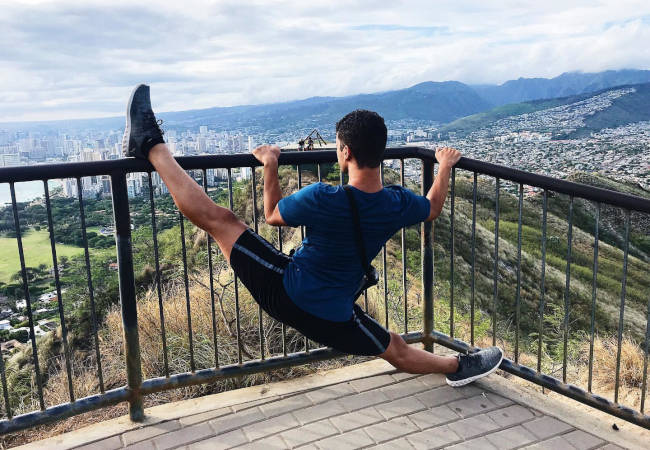Getting your fastest time trial (TT) on a bike can be the boost you need to start your cycling career. It is also an excellent way to test your fitness and stay in shape without breaking the bank. Every year, bikers test their riding skills with time trials. TTs are not only formal, but many people do it every day; when you try to beat the time and get to work before the deadline, you are doing some kind of TT.
While bikes and other riding accessories play a significant role in their success or failure, individual abilities are essential. In this article, you’ll learn five simple but effective tips that will help you smash your next TT.
Get Fit For TT
Regular bikers are always fit, but TT requires specific body fitness and conditioning. If you hope to beat a TT, you’ll need more endurance, explosiveness, and mental toughness. There are many aspects to TT-specific fitness, as many call it.
You’ll need to perform exercises that improve your body system’s handling of lactic acid, the leading cause of muscle fatigue. An improved lactic acid endurance means increased muscular performance and more extended performance. You should also perform endurance and stretching exercises for core muscles, lower back, and hamstrings, as they take the most hit during cycling.
You could hire a fitness coach at your local gym or subscribe to any tested online fitness coach. There are also loads of online resources that you can take advantage of to get TT-fit. Heart rate (HR) is an essential consideration for cycling. If you hope to ride your fastest TT, you’ll do well to consider your HR and how it impacts your riding. Speed is not an indication of exercise intensity, but HR is one vital indicator. To maximize exercise impact and avoid overtraining your body, you should measure your HR using a suitable HR meter and work out how best it impacts your cycling.

Take out a form of Insurance
Taking bicycle insurance such as Super73 bike insurance is often overlooked. However, doing so can help you perform better at your TT. How? How would you perform if you knew that you had nothing to worry about in the event of a mishap? You’d probably give your all and let your inner beast out, right? That’s what insurance gives you -the fuel to push yourself knowing that you are covered. If you use a super73 bike for the TT, you should consider taking Super73 bike insurance for instance. You can then focus on getting fit and riding your fastest TT on a bike.
Use Lean But Aerodynamic Gear
Biking gear is necessary to help prevent or minimize injuries, but it can be counterproductive if not used right. You do need biking gear, but for TT, it is best to go lean. Cut out the elbow and shin guards or use lightweight materials; keep your helmet, but go as lean as safety permits. It is also essential that you use aerodynamic biking gear. If your equipment is not aerodynamic, you could have significant air resistance to reduce your speed effectively. Remember, the goal is to go lean and be aerodynamic.
Keep your bike lean; remove the unnecessary parts, and use rear-wheel discs that improve the aerodynamics. You don’t need it if it doesn’t perform a crucial function.

Practice Aerodynamics, Pacing, And Braking Techniques
Your biking/riding skills are just as essential as your fitness. Beating your TT isn’t about being the best or strongest but maximizing your strengths. You should practice aerodynamics, i.e., hiding from the wind. You must get the right pose to keep the wind’s opposition at bay, and you don’t get that right during the race but by practicing. You should also practice pacing. As you train to increase endurance, know that pace you can sustain for a long time and still leave some energy for that last push.
Many cyclers mistake burning their power to get an early lead which they relinquish and lose the race. Practice pacing for varied distances until you get a consistent pace. You should also practice braking techniques. Braking is crucial to speed because it could help you gain or lose speed. Any speed you lose when braking must be compensated later. If possible, learn the route and map out the areas you need to brake. Braking techniques involve acceleration after braking and going through some rough regions without braking.

Perform Warm-Up Exercises
As with other sports, warm-up exercises play vital roles in getting athletes ready. You should perform light exercises before heavier exercises or your TT. Plan your warm-up carefully to avoid straining any muscle. Warm-ups activate muscle groups for performance by increasing blood flow and energy delivery. Warm-up exercises could be stretches, squats, and light running.



















